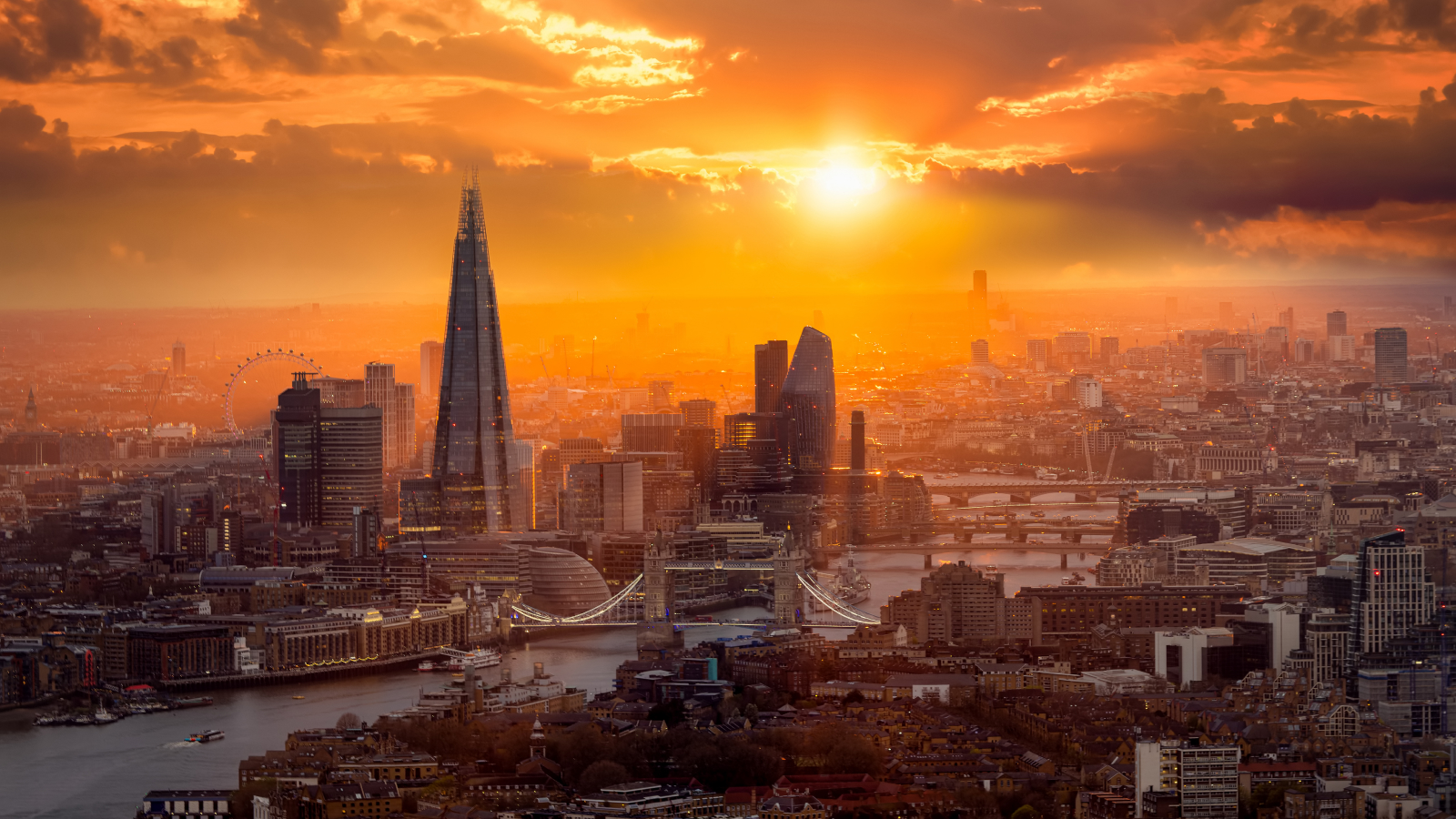Recent smoke from Canadian wildfires crossing the border and affecting life in the Eastern United States raises an important question: will this become the norm, and if so, what can be done to address it?
Global temperatures have increased as a result of fossil fuels usage over the past 150 years, resulting in more frequent and intense heat waves, as well as more extreme weather events all over the world. Certain areas of the world are more prone to disasters due to their geography. For example, Australia may experience more intense droughts, while low-lying islands may experience more flooding due to rising sea levels. Hot and arid regions may experience more intense and prevalent wildfires as a result of the added heat.
The overarching theme is that more heat is the new normal.
The best way to mitigate future temperature increases, according to scientists, is to reduce the burning of fossil fuels. Other means of adapting to the hotter weather and its risks are also available.
Northeast Fire and Smoke Risks
Eastern Canada experienced an unusual level of wildfire activity, and is expected to become wetter, on average, particularly during the winter months. Predicting summer conditions, however, is more challenging, as fire conditions rely on a specific soil moisture level, which can vary.
Eastern North America will experience higher temperatures, which could lead to increased numbers of hot days (maximum temperature above 35 degrees Celsius or 95 degrees Fahrenheit), according to the Intergovernmental Panel on Climate Change.
During dry years, extra heat can exacerbate the threat of wildfires, as was the case this year in Quebec. The snow melted quickly, spring was abnormally dry, and trees became highly combustible.
While the coming years are expected to be wetter in the Northeastern United States, seasonal droughts are still increasingly common due to higher temperatures, changing precipitation patterns, and the loss of soil moisture. Smoke particles from wildfires, which can travel long distances, are also a concern, posing a threat to human respiratory health.
Lesley-Ann Dupigny-Giroux, a climate scientist at the University of Vermont, expressed concerns over the frequency and duration of such smoke events, as documented in the National Climate Assessment.
Additional Risks in the Northeast
The Northeast is at risk of heat waves, with an average temperature increase of more than 2 degrees Celsius (3.6 degrees Fahrenheit) expected from the preindustrial era by 2035, according to the National Climate Assessment. Rising average temperatures increase the chances of more frequent and intense heat waves, which can be perilous for outdoor workers and individuals who cannot afford air conditioning.
Coastal areas in the Northeast are also at risk of flooding due to rising sea levels, putting millions of inhabitants in danger. Cities have been warned to plan and improve infrastructure, drainage, floodplains, tree planting, and building insulation to minimize damages.
High Fire Risks in Other Regions
Climate models suggest that the southeastern United States will experience a longer fire season and increased fire risk. In addition, by 2060, fires ignited by lightning are expected to increase by at least 30 percent, according to the National Climate Assessment.
The wildfire season in Western states is already longer due to higher temperatures, droughts, and earlier snowmelt. A study suggests that burned areas could double by mid-century. California may experience relief from wildfires this year due to a wet winter and spring. However, the Pacific Northwest is still at risk of large fires in case of a major heat wave event this summer.
How to Limit Damage and Cope with Climate Change
Most forest fires have been caused by lightning. Human negligence and inadequate power line management have led to disastrous fires in other regions of the world, such as in Western United States. However, these are preventable issues. Mechanical thinning of forests and intentional controlled burns can also reduce the spread of wildfires, but may come with risks.
Buildings with poor insulation are as dangerous in hot weather as they are during smoke events. The most effective way to prevent a further rise in temperatures is to minimize the burning of fossil fuels, which is a key driver of heat and its associated risks.












